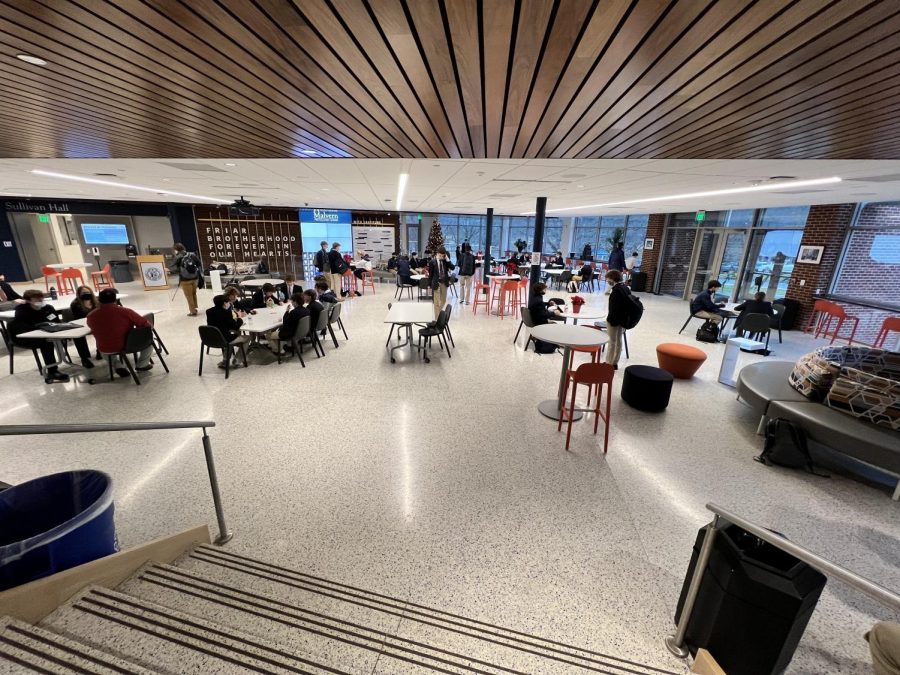Our January cover story “A Light of Exposure” explored how suicide impacts our community, and how we can help.
 It is critical to bring the topic of suicide to light. Many (if not all) young adults struggle with their coping skills and the pressures inferred from their surroundings as such they seek pathways which they believe will help alleviate their feelings. Recognizing these feelings occur is necessary to begin to establish supportive relationships such that as risk individuals have a community they can turn to when they feel lost or astray.
It is critical to bring the topic of suicide to light. Many (if not all) young adults struggle with their coping skills and the pressures inferred from their surroundings as such they seek pathways which they believe will help alleviate their feelings. Recognizing these feelings occur is necessary to begin to establish supportive relationships such that as risk individuals have a community they can turn to when they feel lost or astray.
I lost my best friend and fellow Malvern class of ’84 graduate on October 21, 1990 to suicide he was 23 years old. There was absolutely no social media at that time, but the prevalence of it today enables these feelings of isolation and despair to manifest themselves faster and more profoundly. I now have young adult sons of my own and I am ever vigilant and acutely aware of the simple things that can begin a cascade that places them in situations for which they may not be prepared to handle so that I can be ready to guide them and support them when needed.
For years I felt I had done something wrong, that I failed to keep my best friend from ending his life. I felt his parents and family always held me responsible, and that our mutual friends at the time question why I didn’t know what he was going through. The assumption was that it would be obvious he was suicidal because it was so unusual. Statistics show our young adults struggle more than we know. It is not obvious because it is an outlier, but rather more pervasive than we care to believe. At-risk young adults are all around us. Accepting that statistic opens our eyes to recognize things that are hiding right in front of us on a daily basis.
I applaud the students and staff at Malvern for taking the step of educating themselves on how to recognize and intervene as well as being brave enough to bring taboo subject to light.
John Lawler, Malvern Class of 1984







